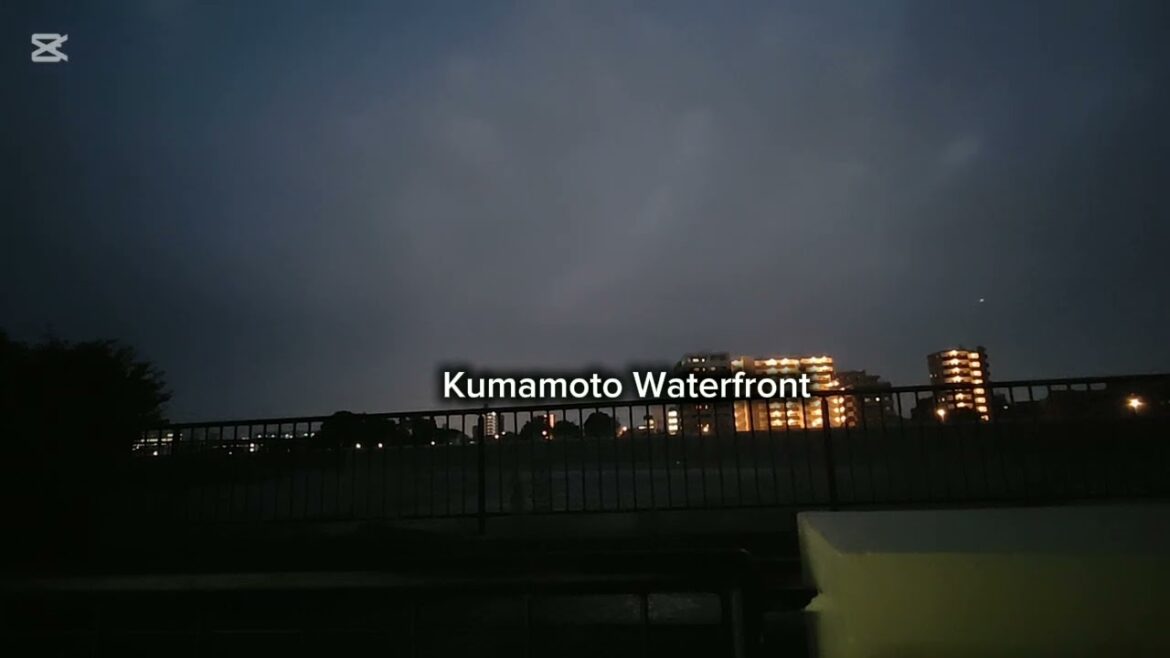What Interesting About Kumamoto Waterfront
Kumamoto Waterfront
Kumamoto, located on the island of Kyushu in Japan, is a city with a fascinating history, beautiful natural landscapes, and some of the country’s most iconic landmarks. If you’re planning to spend a day in Kumamoto, here’s a suggested itinerary that covers its top attractions and gives you a well-rounded experience of the city.
Morning:
1. Kumamoto Castle (2-2.5 hours)
Start your day with a visit to Kumamoto Castle, one of Japan’s most impressive and well-preserved castles. The castle is an iconic symbol of the city, known for its massive stone walls, impressive architecture, and historical significance.
While the main keep of the castle was damaged during the 2016 earthquake, much of it has been carefully restored. You can explore the Honmaru Palace, the samurai gardens, and the outer areas of the castle grounds.
Don’t miss the Yagura Watchtower and the Kato Shrine within the castle complex. The surrounding Kumamoto Castle Park is a lovely place to walk around, especially during cherry blossom season.
2. Suizenji Jojuen Garden (1 hour)
After the castle, head to Suizenji Jojuen Garden, a beautiful Japanese landscape garden that recreates the 53 post stations of the Tōkaidō Road (an ancient highway in Japan). It’s famous for its tranquil atmosphere and scenic beauty, featuring a large pond, a tea house, and a miniature version of Mount Fuji.
Enjoy a peaceful stroll around the garden and take in the natural beauty. The garden is perfect for a relaxing break after visiting the bustling castle.
Lunch:
3. Kumamoto’s Specialty: Basashi (Horse Meat Sashimi) (1 hour)
For lunch, try Basashi, a local delicacy of raw horse meat served as sashimi. Kumamoto is known for its high-quality Basashi, which is often served with soy sauce, garlic, and green onions.
There are several restaurants and izakayas in Kumamoto where you can try Basashi, such as Kumamoto Basashi Shin-ya or Sushiro (which also serves the dish). If you’re not keen on raw meat, Kumamoto is also known for Tonkotsu ramen (pork-based ramen), which you can find in many local ramen shops.
Afternoon:
4. Shimotori and Kamitori Shopping Streets (1 hour)
After lunch, take a walk through Shimotori and Kamitori shopping arcades, two bustling streets filled with shops, cafes, and restaurants. These are great places to pick up souvenirs, enjoy some local snacks, or just experience the lively atmosphere of Kumamoto’s city center.
If you’re interested in local crafts, you can find Kumamoto Prefecture’s famous pottery, including Kumamoto Kōbō ceramics, as well as traditional textiles and other handmade goods.
5. Kato Shrine (30 minutes)
Take a short walk to Kato Shrine, located near Kumamoto Castle. It is an important Shinto shrine dedicated to the Kato family, who were feudal lords of the region. The shrine is known for its large, impressive torii gate and tranquil surroundings, offering a peaceful escape in the middle of the city.
6. Kumamoto Prefectural Museum of Art (Optional, 1 hour)
If you enjoy art, you can visit the Kumamoto Prefectural Museum of Art to see a collection of works by famous Japanese artists, as well as local artists and historical artifacts.
The museum is located near the city center, and it often hosts temporary exhibitions, so check in advance for any special events or exhibits happening during your visit.
Evening:
7. Kumamoto’s Night Views (Optional)
After dinner, if you have time, consider visiting the Mount Hanaoka or Kengun Shrine area for some scenic night views of Kumamoto City. The view from the mountain offers a peaceful and panoramic perspective of the city at night.
Bonus Tips:
Transportation: Kumamoto has an efficient tram system that can take you to most major attractions. It’s easy to get around by tram, and you can buy a day pass for unlimited rides. Taxis are also available, especially if you’re trying to reach places that are a bit farther out, like Suizenji Jojuen.
Weather: Kumamoto can get very hot and humid in the summer, so if you’re visiting during that time, be sure to stay hydrated and wear light clothing. Fall and spring are excellent times to visit for pleasant weather and beautiful foliage (especially in Suizenji Jojuen Garden).
Local Souvenirs: Kumamoto is famous for its kikufuku (chestnut sweets) and kumarokyu (Kumamoto-style pickles), which you can find in local shops or markets.
Alternative Options (If You Have Extra Time):
Amakusa Islands: If you’re interested in exploring outside the city, consider taking a half-day trip to the Amakusa Islands, which are known for their beautiful coastal scenery and historical significance in Christianity.
Kurokawa Onsen: If you’re looking for a relaxing experience, the famous Kurokawa Onsen hot springs are just a short drive from Kumamoto. You could spend a few hours enjoying the peaceful onsen baths.


2 Comments
https://www.youtube.com/watch?v=vgZMCLcRzTU
https://www.youtube.com/watch?v=xSwJyhAeLQk